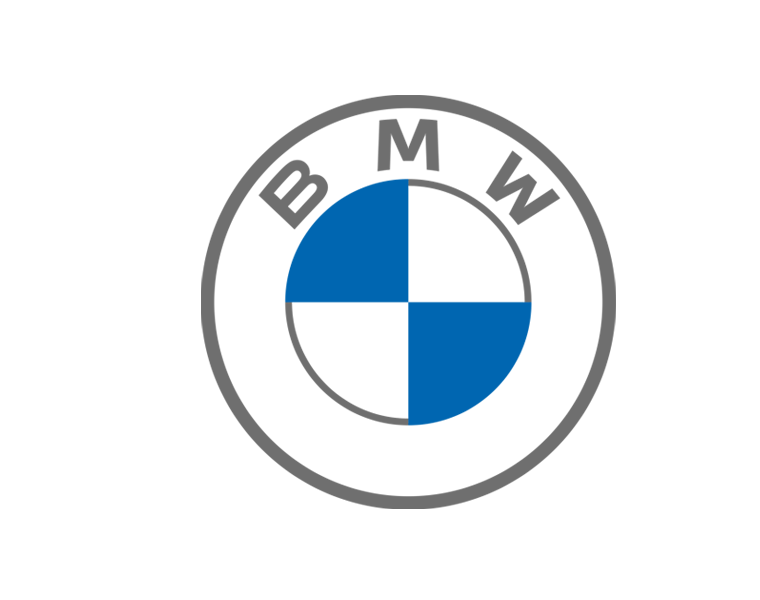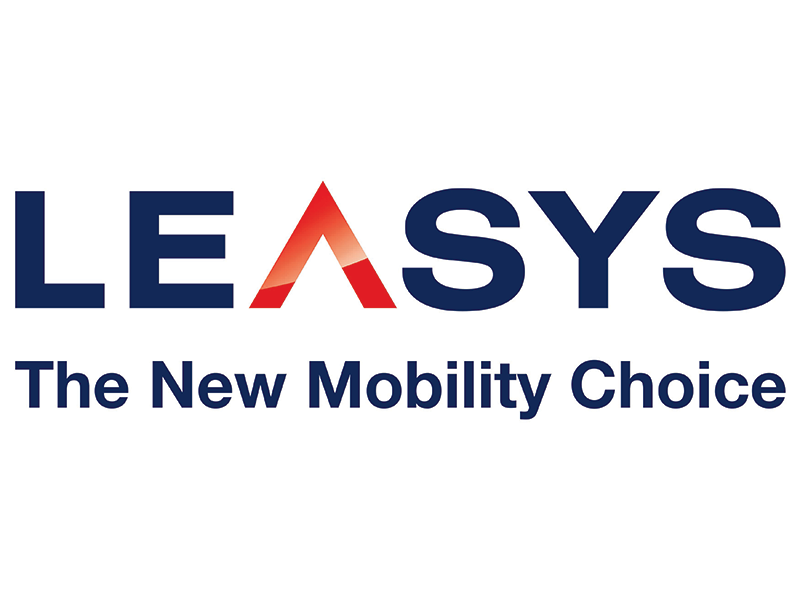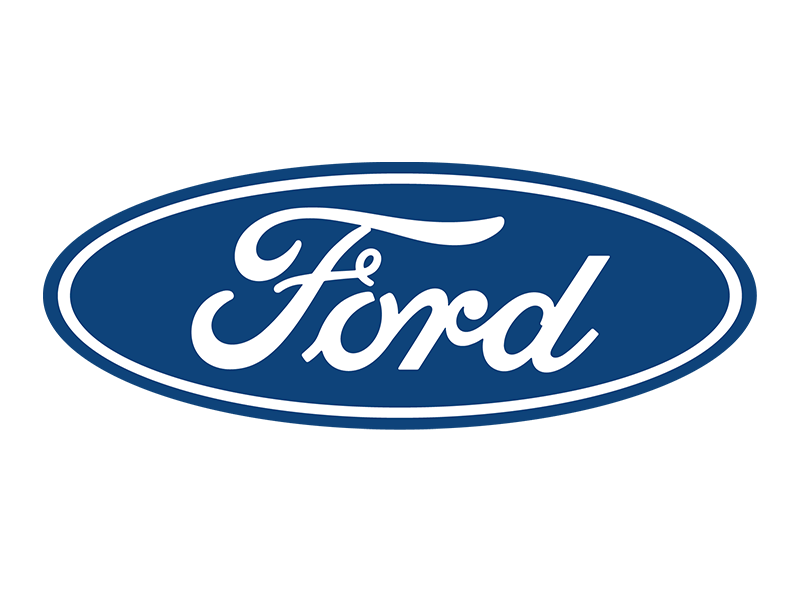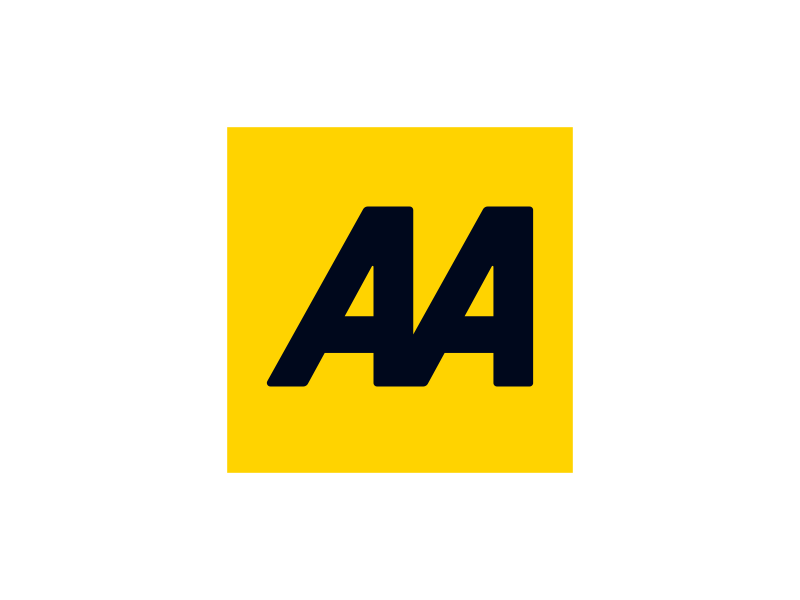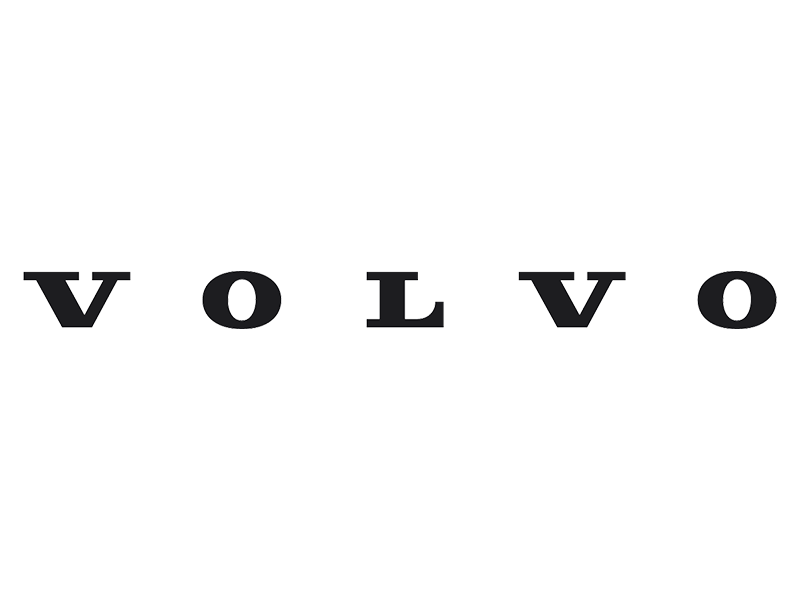Edward Kulperger, Geotab’s vice president of business development, on the incentives for fleets to embrace electric vehicles.
Late last year, King’s College London reported high levels of air pollution are causing hundreds of heart attacks, strokes and acute asthma attacks each year. Combine this with the 7 million deaths worldwide every year from exposure to outdoor air pollution and it should come as no surprise that NHS chief executive Simon Stevens called the findings a ‘health emergency’.
What are authorities doing about it?
In April 2019, the London Low Emission Zone scheme was updated to include the Ultra-Low Emission Zone (ULEZ), a fee charged to the most polluting vehicles in central London. Billed by Transport for London as a way to help improve air quality, the ULEZ operates non-stop within the same area as the Congestion Charge. While still relatively new, the daily number of polluting vehicles entering the ULEZ has already fallen by 9,400 to 26,200 as of April last year, translating to a 20% reduction in emissions in central London. Due to this success, the zone will be expanded to cover the North and South Circular from October 2021 onwards.
With plans to tackle emissions in the capital well underway, attention turned to other major UK cities. The Government tasked five key cities with establishing Clean Air Zones (CAZs): Birmingham, Leeds, Southampton, Nottingham and Derby. Following court action, 28 more councils were tasked with drawing up plans to tackle nitrogen dioxide levels, and a further 33 to carry out feasibility studies on whether CAZs were needed.
What this means for fleet managers
Clearly, any business with vehicles that routinely work in London or CAZ cities will need to take swift action or else face a large bill. The Freight Transport Association (FTA) advised small commercial fleet operators to upgrade their vehicles or risk high charges. For example, any heavy Euro 6 or Euro 5 vehicle will face a £100 fee to enter the ULEZ as of October 2020. Vehicles below Euro 4 standards will be charged £300 every time they enter the zone. Unfortunately, the FTA also calculated that, for a small firm with five lorries or vans, the extra cost of compliance in 2020/21 could amount to more than 40% of their annual turnover.
Yet despite this, the response from fleet managers has been significant. ACEA reported in September 2019 that registrations of electric vehicles (EVs), including battery-electric, plug-in hybrids totalled 98,553 units in the second quarter of 2019 across Europe, with demand rising by 35.6% compared to last year. Significantly, sales of battery-electric vehicles (BEVs) almost doubled with a 97.7% rise. Looking at the UK specifically, the results for BEVs get even better. SMMT figures show July 2019 YTD registrations rose by 158% year-on-year to 2,271. Market share also nearly trebled, to 1.4%. By contrast, diesel vehicle registrations, the fuel type most targeted by CAZs and the ULEZ, fell year-on-year by 22%.
The benefits of an EV economy
The figures clearly show that fleet managers are increasingly trading in their diesel and petrol vehicles for EVs to ensure compliance with CAZs and the ULEZ. But that’s not the only reason why… EVs can also help reduce fleet operational costs. A paper released by the Energy Saving Trust claims that EVs are cheaper than conventional vehicles on a pence per mile basis. It estimated that EVs cost £2-3 to fully charge, for a typical range of 100 miles. An equivalent petrol or diesel vehicle costs £9-13 to drive 100 miles, around four times the cost.
Maintenance costs for EVs are also estimated to be lower than their traditional fuel counterparts. EVs have fewer service requirements such as oils and filters. Regenerative braking also reduces wear and tear on standard friction brakes, extending their life and reducing replacement costs. The website Go Ultra Low points out that along with significantly cheaper running costs, EVs benefit from government grants and tax incentives, all of which helps to reduce the whole life costs of a fleet. It calculates that switching a fleet of 10 vehicles to electric, could save fleet managers £14,000 annually.
One logistics company that’s fully on-board with EVs is UPS. The Financial Times reported in 2018 that UPS’s entire central London fleet would soon be made up of EVs, as going electric will soon be a cheaper alternative to diesel, according to UPS. More recently, The Truck Expert reported in September 2019 that UPS has added range-extended electric vehicles to its fleets serving Birmingham and Southampton to overcome the range limitations of pure electric vehicles within the logistics industry and allow UPS to comply with ULZ emission standards in those cities in the near future.
The deciding factor
While, yes, there are unarguable ethical and environmental reasons to upgrade fleets to EV/zero emission-capable vehicles, it is only once the business incentive and government drivers are in place that the UK can genuinely hope to transition to electric. Furthermore, research compiled by LeasePlan suggest that drivers across regions see a clear lack of charging infrastructure, that is crucial for adoption to thrive. While the upfront costs may be sizable – and indeed, arguably more incentives or subsidies could make these more palatable – the long-term benefits to both business and air quality are plain as day.

